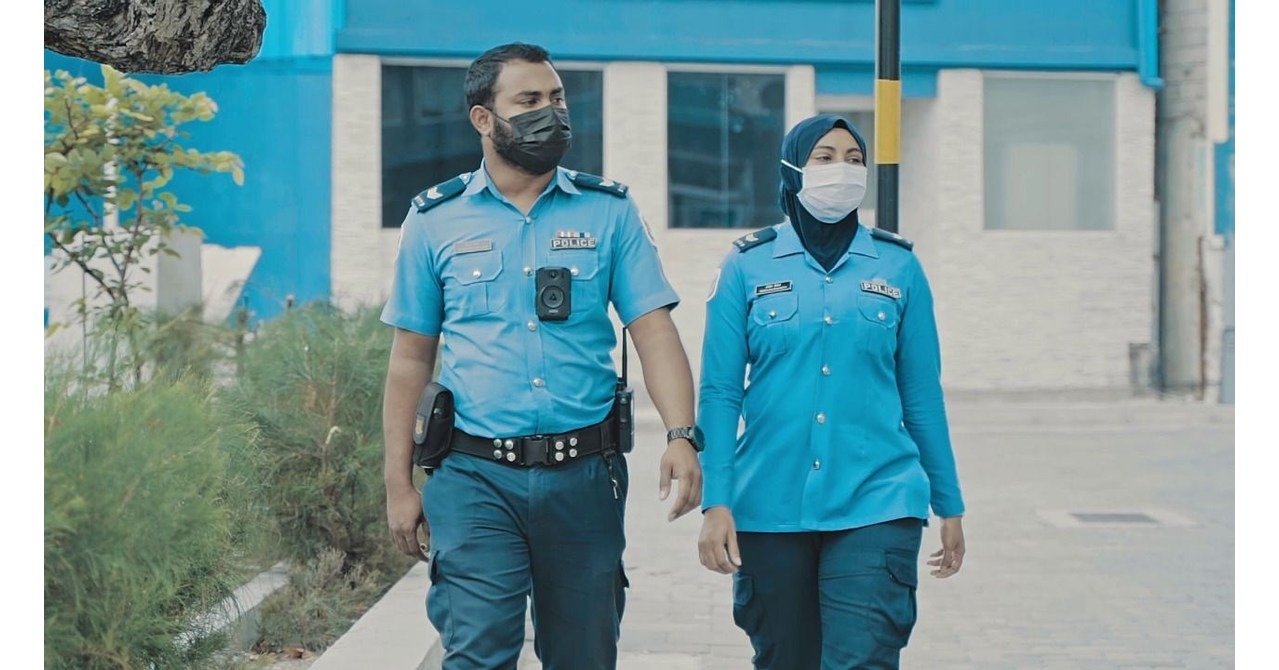In recent years, the proliferation of body-worn cameras (BWCs) has become a significant trend in the realms of law enforcement and private security.
These devices, typically mounted on the chest or shoulders of officers and security personnel, record audio and video footage of interactions between officials and the public.
The implementation of body-worn cameras has been driven by a range of motivations, including the enhancement of public safety, the promotion of accountability, and the protection of both law enforcement officers and civilians.
This article explores the rise of body-worn security cameras, examining their benefits, challenges, and the impact they have on safety and accountability.
The Genesis of Body-Worn Cameras
The concept of body-worn cameras dates back to the early 2000s, with the initial adoption by police forces in the United Kingdom.
The technology quickly garnered attention for its potential to provide a transparent record of police interactions.
The United States saw an accelerated adoption of BWCs following high-profile incidents of police misconduct and the resulting public outcry for greater accountability and transparency in law enforcement.
Early Adoption and Technological Advancements
The early versions of body-worn cameras were rudimentary, often plagued by issues such as limited battery life, low video resolution, and inadequate data storage capabilities.
However, rapid advancements in technology have addressed many of these initial challenges. Modern BWCs boast high-definition video quality, extended battery life, robust data storage solutions, and advanced features like night vision, real-time streaming, and automatic activation in response to specific triggers (e.g., the drawing of a weapon).
Enhancing Safety
One of the primary motivations behind the deployment of body worn security cameras is the enhancement of safety for both law enforcement officers and the public.
BWCs serve as a deterrent against violence and misconduct, providing a clear and unbiased record of events.
Deterrence of Violence
Studies have shown that the presence of body-worn cameras can reduce incidents of violence during police encounters.
When individuals are aware that their actions are being recorded, they are more likely to behave in a controlled and lawful manner.
This effect extends to both civilians and officers, contributing to a de-escalation of potentially volatile situations.
Evidence Collection
Body-worn cameras provide crucial evidence in the investigation and prosecution of criminal activities.
The video footage captured by these devices can be instrumental in corroborating testimonies, reconstructing crime scenes, and identifying perpetrators.
This capability not only aids in the administration of justice but also enhances the credibility and reliability of the legal process.
Training and Development
The footage recorded by body-worn cameras serves as a valuable resource for training and development within law enforcement agencies.
By analyzing real-life encounters, training programs can be tailored to address specific challenges and improve the skills and tactics of officers.
Additionally, BWCs can help identify areas where officers may need further training or support, fostering a culture of continuous improvement and professional development.
Promoting Accountability
The demand for greater accountability in law enforcement has been a driving force behind the adoption of body-worn cameras.
These devices offer a level of transparency that can help build trust between law enforcement agencies and the communities they serve.
Transparency and Trust
Public trust in law enforcement is crucial for effective policing. Body-worn cameras provide an objective record of police-civilian interactions, which can help address allegations of misconduct and abuse of power.
When the public has confidence that law enforcement actions are being recorded and reviewed, it can foster a greater sense of trust and cooperation.
Accountability Mechanisms
BWCs have become an essential tool for holding law enforcement officers accountable for their actions.
In cases where allegations of misconduct arise, the footage captured by body-worn cameras can be reviewed to determine the accuracy of the claims.
This accountability mechanism ensures that officers are held responsible for their actions and that any misconduct is appropriately addressed.
Protection Against False Accusations
Body-worn cameras also serve to protect law enforcement officers against false accusations. In situations where officers are wrongly accused of misconduct, the video evidence can provide a clear and unbiased account of the events, exonerating them and preserving their reputation and career.
This protection can contribute to improved morale and confidence among officers, knowing that their actions are being accurately documented.
Legal and Ethical Considerations
The deployment of body-worn cameras raises several legal and ethical considerations that must be carefully navigated to ensure their effective and appropriate use.
Privacy Concerns
One of the primary concerns surrounding body-worn cameras is the potential invasion of privacy.
The continuous recording of interactions between law enforcement and the public can capture sensitive and private information, raising questions about the appropriate balance between transparency and privacy.
It is essential for law enforcement agencies to establish clear policies and guidelines regarding when and how BWCs should be used, ensuring that the privacy rights of individuals are respected.
Data Management and Security
The vast amounts of data generated by body-worn cameras present significant challenges in terms of storage, management, and security.
Law enforcement agencies must implement robust data management systems to handle the storage, retrieval, and analysis of video footage.
Additionally, ensuring the security of this data is paramount to prevent unauthorized access and potential misuse. Strict protocols and encryption measures should be in place to protect the integrity and confidentiality of the recorded footage.
Legal Admissibility
The admissibility of body-worn camera footage as evidence in legal proceedings is another critical consideration.
Courts must establish clear guidelines regarding the conditions under which BWC footage can be used as evidence, ensuring that it meets the necessary standards of authenticity and reliability.
Additionally, the potential for video manipulation or tampering must be addressed to maintain the integrity of the evidence presented in court.
The Future of Body-Worn Cameras
The future of body-worn cameras is promising, with ongoing advancements in technology and increasing recognition of their value in enhancing safety and accountability. Several trends and developments are likely to shape the future landscape of BWCs.
Integration with Other Technologies
The integration of body-worn cameras with other emerging technologies, such as artificial intelligence (AI) and facial recognition, has the potential to revolutionize law enforcement practices.
AI-powered analytics can enhance the processing and analysis of video footage, enabling more efficient identification of key events and individuals.
However, the use of such technologies also raises additional ethical and privacy concerns that must be carefully managed.
Standardization and Best Practices
As the adoption of body-worn cameras continues to grow, the establishment of standardized practices and guidelines will be essential.
National and international standards can help ensure consistency and interoperability across different law enforcement agencies.
Additionally, the development of best practices based on empirical evidence and research can guide the effective implementation and utilization of BWCs.
Community Involvement and Oversight
Engaging the community in the deployment and oversight of body-worn camera programs can enhance their effectiveness and legitimacy.
Community input and involvement can help shape policies and guidelines, ensuring that they reflect the needs and concerns of the public.
Additionally, independent oversight bodies can provide an objective review of BWC footage and address any issues related to accountability and transparency.
Conclusion
The rise of body-worn cameras represents a significant development in the fields of law enforcement and private security.
These devices have the potential to enhance safety, promote accountability, and build trust between law enforcement agencies and the communities they serve.
However, the successful implementation and utilization of body-worn cameras require careful consideration of legal, ethical, and practical challenges.
addressing these challenges and embracing ongoing advancements in technology, body-worn cameras can play a crucial role in creating a safer and more accountable society.

